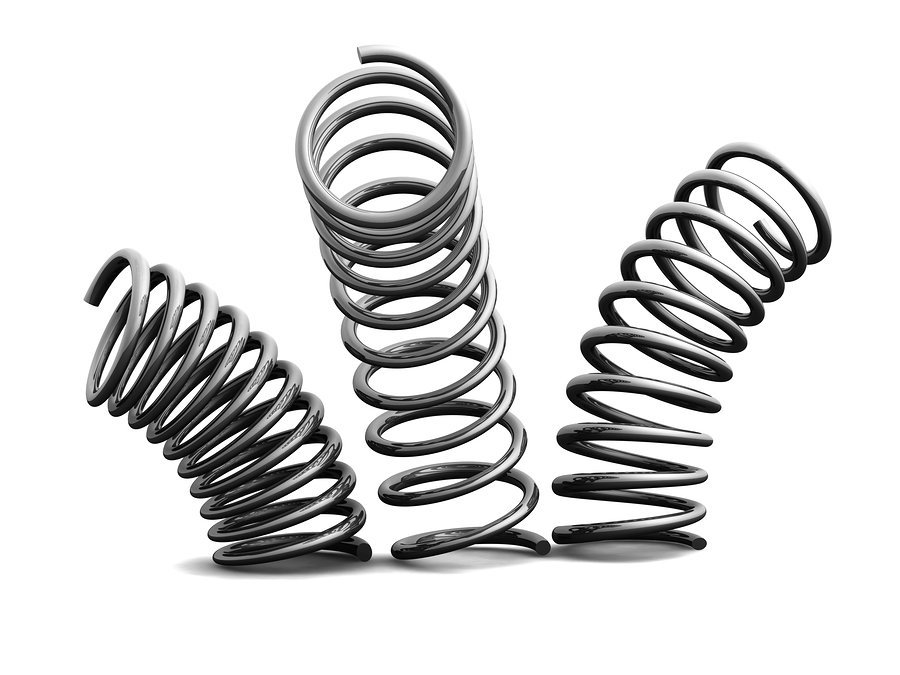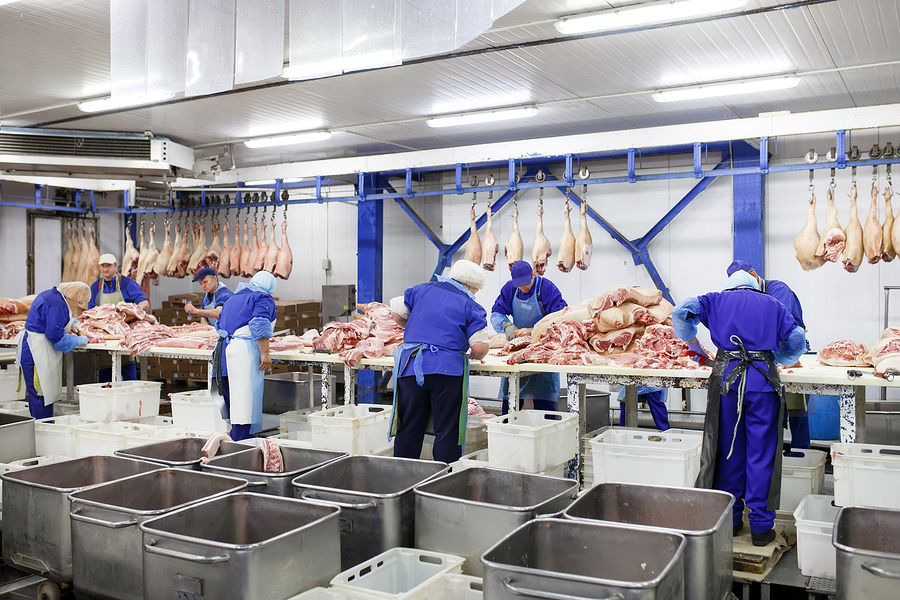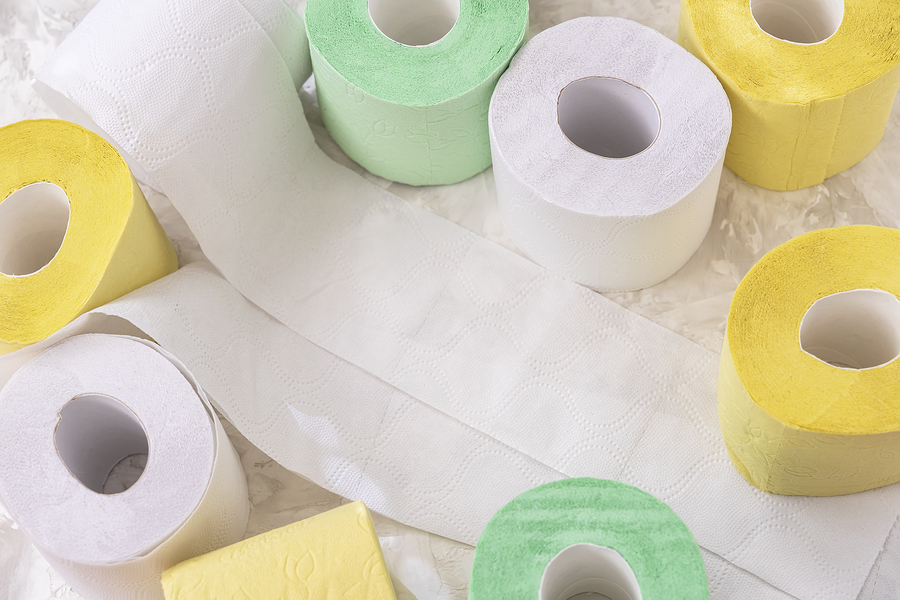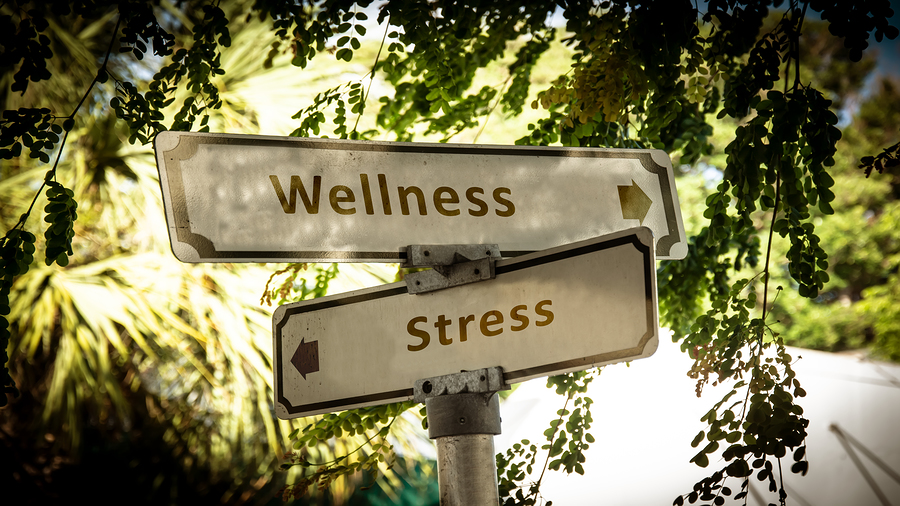PMG Employee Spotlight with Colleen B.
Colleen is an Administrative Receptionist who joined PMG just over a year ago.
About me
I was born and raised in Minnesota (just like PMG!) and enjoy baking a lot. I also love to travel and watch truly binge-worthy TV shows.
What are your main responsibilities as an Administrative Receptionist?
My main role has changed a bit with COVID19 because I don’t have to meet and greet as much as I do when I’m (physically) in the office. I’m often the first face people “see” when they interact with PMG, either on the phone or at the front door, so I’m always trying to set a good impression. Otherwise, I’m a jack of all trades who tries to help wherever I’m needed.
How did you learn about the opportunity with PMG?
I actually started as a temp recruiter in March of 2019 and helped on projects until I was able to transition into my current role full-time a few months later.
What do you like most about your job?
I enjoy getting to be part of different departments and tasks. From Sales to Lead Generation to Technical Solutions to Accounting – it’s fun to work with so many different people and be a part of everything without having to be fully invested in it all 100% of the time.
What do you like most about working for PMG?
I actually grew up in the hospitality and food service industry and I’ve never been a member of a corporate office anywhere. That’s been an enlightening and rewarding experience by itself. It’s also about the people here. We’re a younger office, in general, with great people and predominately female leadership. That is all important to me and unique in this industry. I’m really proud to be part of something so great, yet so different from the norm.
What are some hobbies you do in your free time?
I go on a lot of walks by myself. I enjoy my alone time. I choose not to drive, ever, so I like to explore things on foot. I do like a good restaurant or concert or show of some kind too.
Where is the best place you’ve traveled and why?
Probably New Orleans. I love that city. I went for a week by myself once. It has old charm but is designed to be a city where you can have a good time too.
What celebrity/inspirational person do you admire the most?
Reese Witherspoon. She always does a great job whether it’s as June Carter Cash or Elle Woods. I’ve never seen her in a bad movie.
What did you want to be when growing up?
I did want to be a princess at one point. I also wanted to live in a house by myself with no kids and live in peace. I have a good start on that thus far. Both of my parents always worked in restaurants so I grew up really wanting to do that as well.
You’re happiest when…
…it’s St. Patrick’s Day (I’m Irish) and I’m with my family.
What advice would you give to a recent new hire at PMG?
Take every opportunity given to you. Take that extra training day. If you don’t know how to do it, ask someone to teach you. You can never ask enough questions.
What’s your favorite restaurant and what must you order there?
My favorite restaurant is Saint Dinette in downtown St. Paul. Their cheeseburger is to die for!
Want to read more employee spotlights? Check out more posts on our blog!









